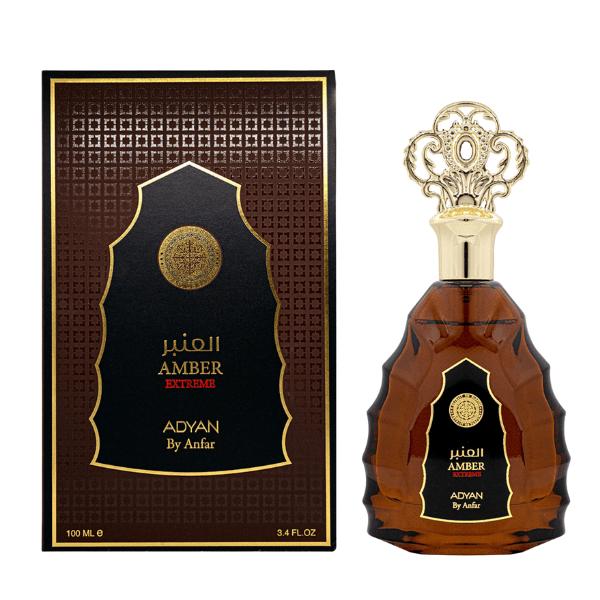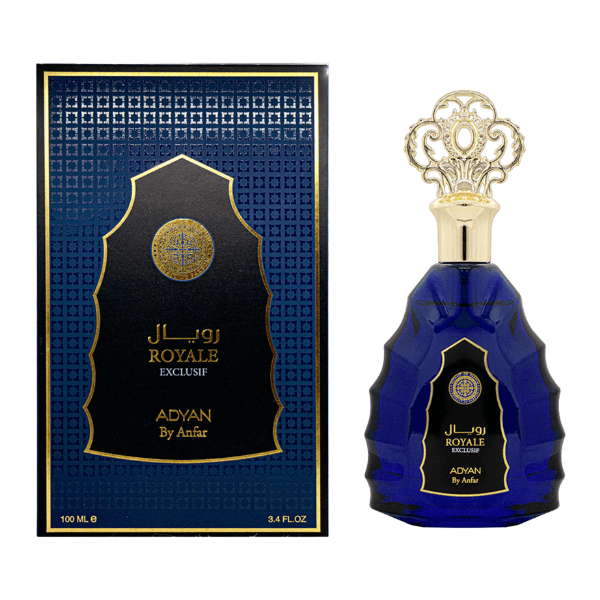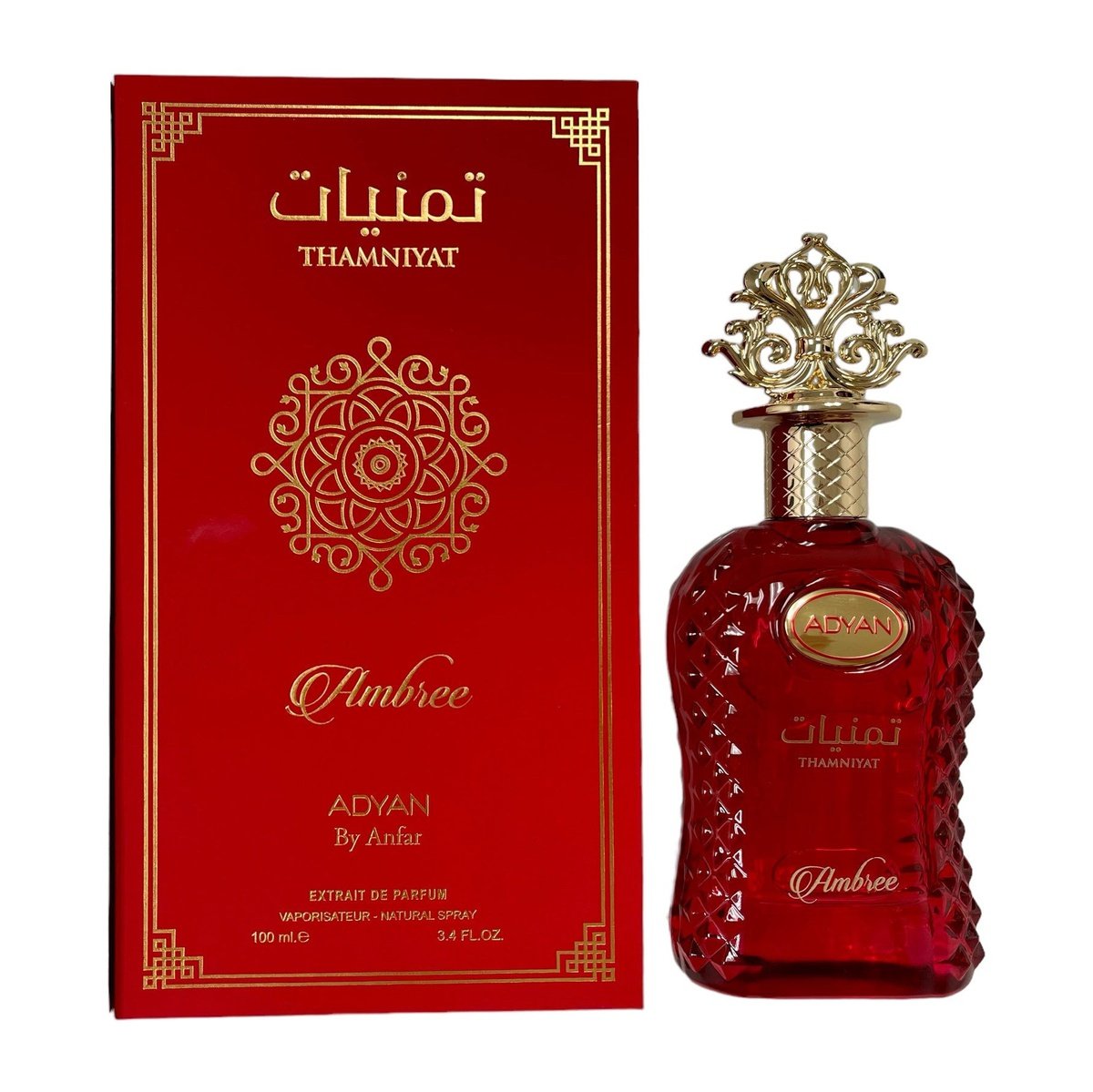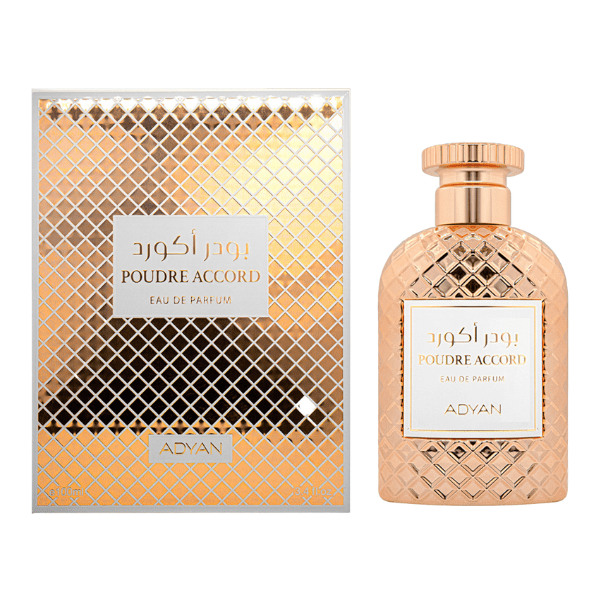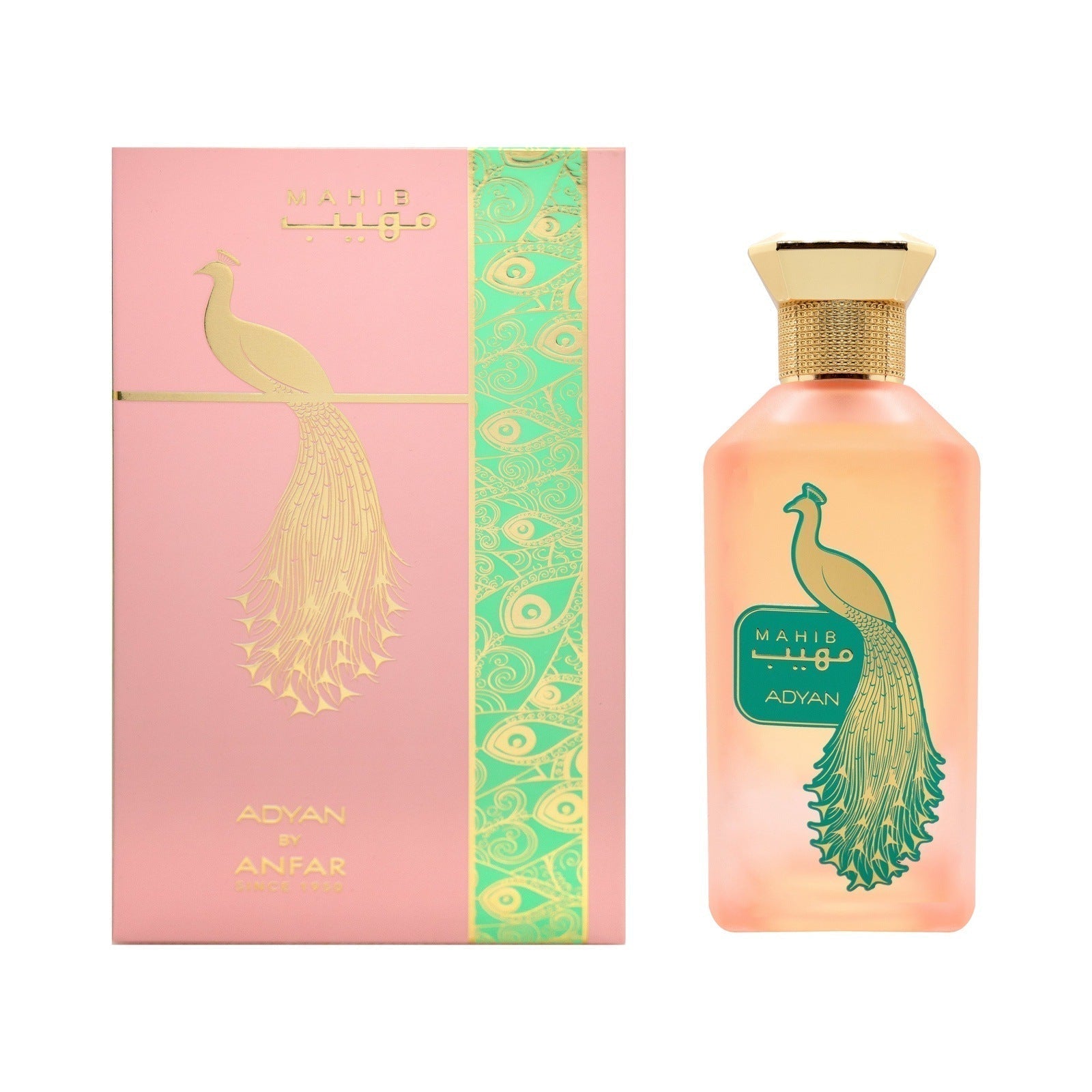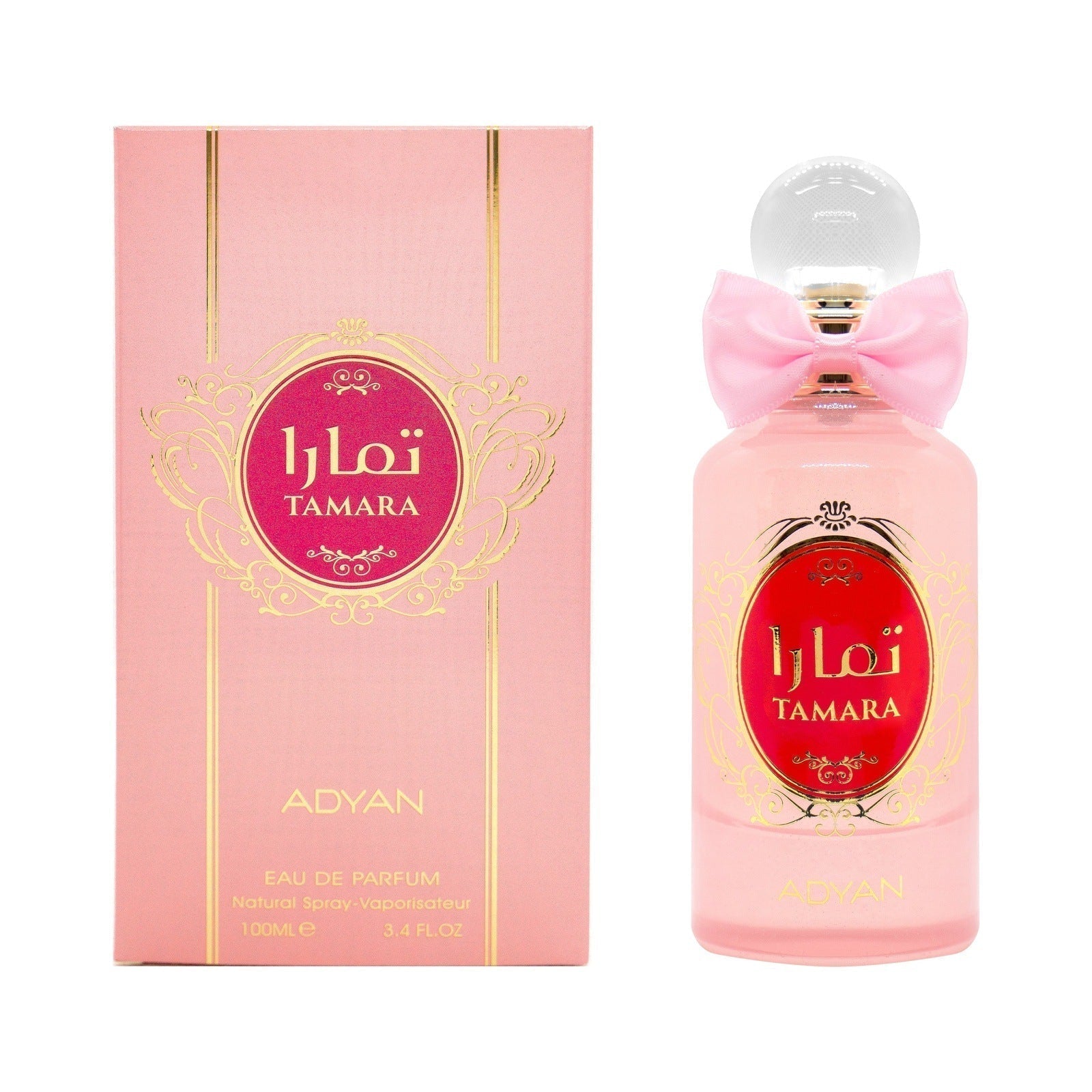Arabian perfumery, a tradition steeped in history and culture, is renowned for its rich and exotic scents. Rooted in a heritage that dates back centuries, these perfumes are celebrated for their distinctive fragrances that are both intense and long-lasting. This article delves into the common ingredients found in Arabian perfumes, exploring their unique characteristics and the roles they play in creating some of the world's most enchanting scents.
Oud (Agarwood)
Oud, also known as agarwood, is perhaps the most iconic ingredient in Arabian perfumery. This resinous wood, derived from the Aquilaria tree, is treasured for its complex and powerful scent. When the tree becomes infected with a particular type of mold, it reacts by producing a dark, fragrant resin. Oud exudes a deep, woody aroma with hints of smoke, leather, and spices, making it a prized base note in many Arabian fragrances.
Rose
The rose, particularly the Damascus rose, is another staple in Arabian perfumery. Revered for its rich, intoxicating aroma, it adds a floral yet profound depth to perfumes. The extraction of rose essence is an intricate process, requiring thousands of petals for just a few drops of oil. This ingredient often serves as a heart note, harmonizing with other elements to create a balanced, lush fragrance.
Frankincense
Frankincense, an aromatic resin obtained from the Boswellia tree, has a history intertwined with Middle Eastern culture. Its woody, spicy, and slightly citrusy notes make it a versatile ingredient in Arabian perfumery. Frankincense is known for its ability to blend well with various scents, adding a mystical, almost spiritual quality to the fragrances.
Musk
Musk, traditionally derived from the glands of the musk deer, is now mostly synthesized to protect the species. It's a base note famed for its rich, sensual aroma that adds depth and longevity to perfumes. In Arabian scents, musk serves as a foundation, anchoring the more volatile top and heart notes and ensuring that the fragrance lingers.
Amber
Amber, a sweet, resinous substance, is another cornerstone of Arabian perfumery. Notably, it's not derived from the amber gemstone but is a mixture of various natural elements like balsams and essential oils. Amber imparts a warm, cozy, and slightly powdery scent, often used in the base notes of a perfume to add richness and warmth.
Jasmine
Jasmine, with its intensely fragrant blossoms, is a popular ingredient in Arabian fragrances. It adds a heady, floral aroma that can range from sweetly delicate to deeply sensual. Jasmine is often used as a heart or top note, bringing a touch of opulence and femininity to a fragrance.
Saffron
Saffron, the most expensive spice in the world, is valued in perfumery for its unique, slightly metallic honeyed quality. It imparts a luxurious, exotic twist to Arabian perfumes. This rare spice adds a leathery, earthy, and yet subtly sweet note, often used sparingly due to its intensity and cost.
Arabian perfumes, known for their depth, richness, and longevity, are a testament to the art of fragrance-making. The common ingredients like oud, rose, frankincense, musk, amber, jasmine, and saffron play pivotal roles in crafting these timeless scents. Each ingredient, with its unique properties, contributes to the symphony of aromas that make Arabian perfumes so distinct and cherished around the world. As with all perfumes, the magic lies not just in the individual ingredients but in the skillful way they are blended to create something truly transcendent.




